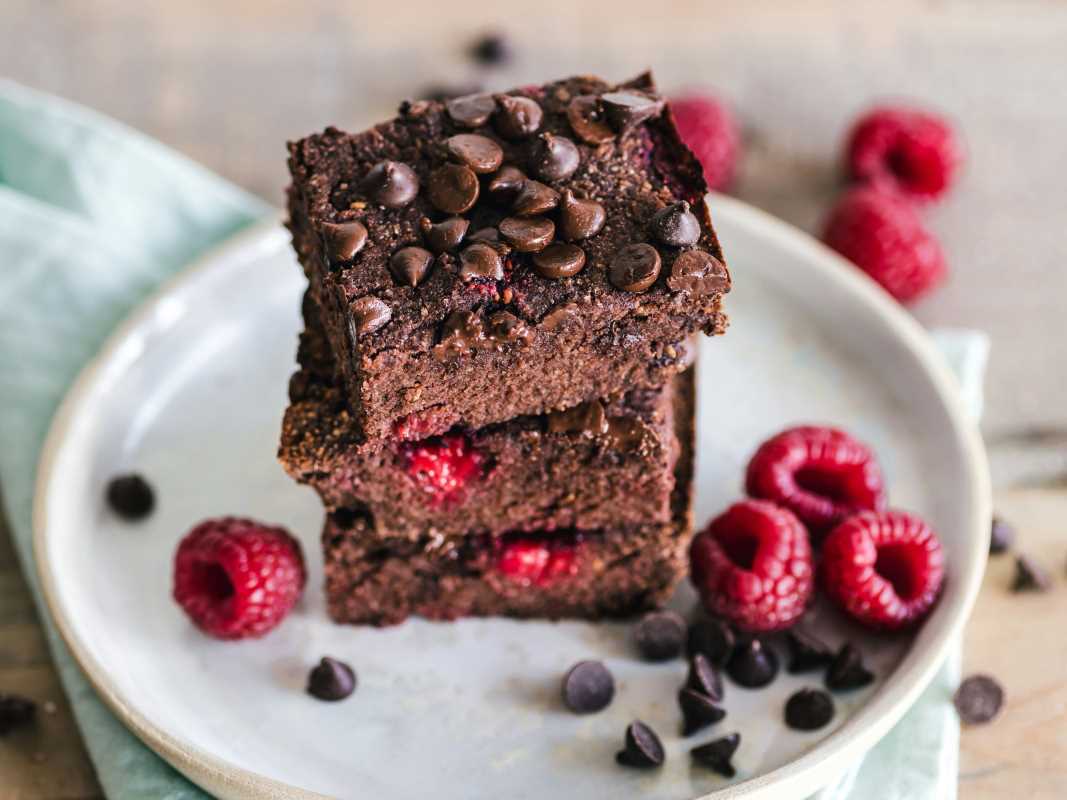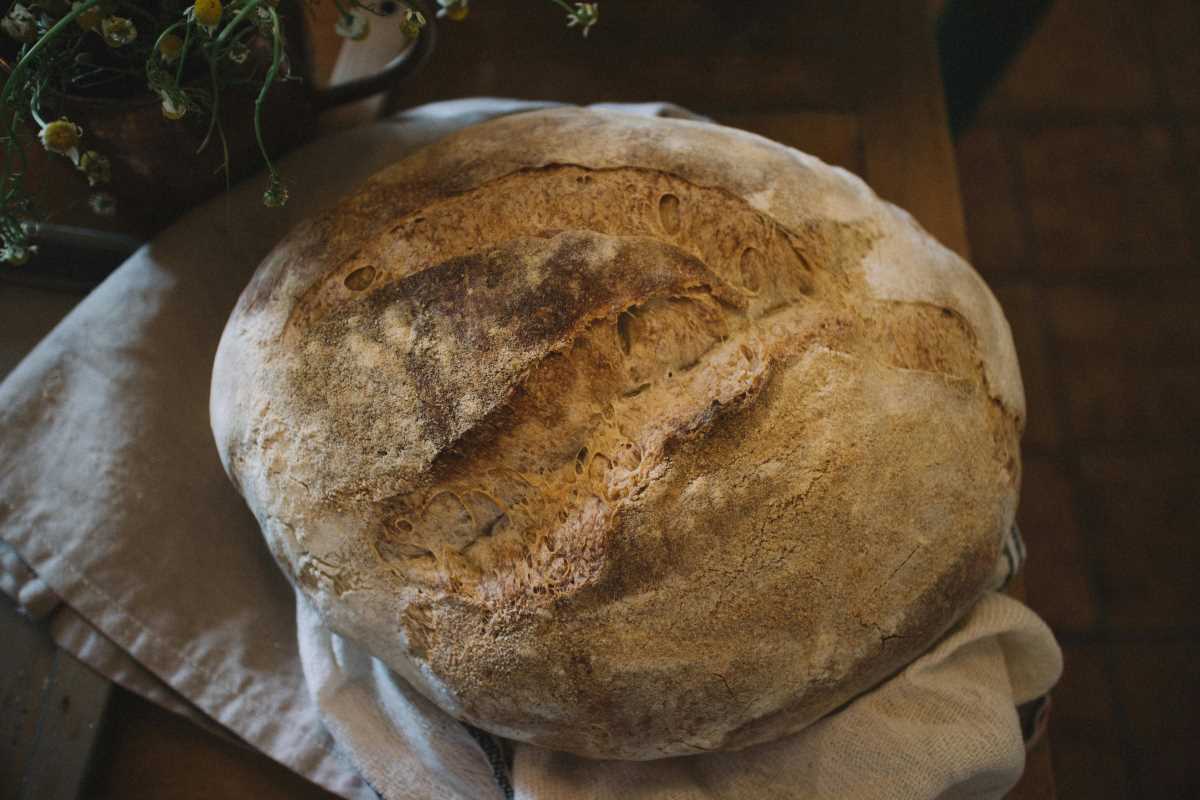Sweet treats can unite friends and family, especially when everyone can enjoy a slice or a bite, regardless of food sensitivities. Baking without eggs, dairy, gluten, or nuts opens up a world of possibilities and encourages experimentation in the kitchen. By trying different ingredient swaps and learning new techniques, you can create delicious desserts that are safe for everyone. Recognizing common allergens and selecting thoughtful substitutions make it easy to serve up flavorful sweets that leave no one out. Every guest can look forward to dessert, and you can take pride in offering something special that everyone can share.
Begin by identifying the allergens that often appear in sweets. Then, learn how each replacement affects taste and texture. Next, collect recipes built around these swaps to inspire your own twists. Finally, practice plating and storing to keep treats fresh, vibrant, and ready for any occasion.
Common Dessert Allergens and How to Handle Them
Eggs, dairy, gluten, and nuts rank among the most frequent triggers in sweet recipes. Eggs bind ingredients and add moisture. Dairy brings creaminess. Gluten provides structure. Nuts deliver crunch and rich flavor. Overlooking one of these can leave a guest sidelined or uncomfortable.
Start by listing everyone’s dietary needs. Write down allergies, intolerances, and lifestyle preferences, such as vegan or vegan-friendly. Consult reliable sources, like allergen charts from trusted food foundations or medical sites. This groundwork prevents unpleasant surprises and makes ingredient choices feel purposeful.
Important Ingredient Replacements
- Eggs → Flaxseed gel: Mix 1 tablespoon ground flaxseed with 3 tablespoons water per egg. Let sit 5 minutes.
- Dairy milk → Oat or rice milk: Choose unsweetened varieties for neutral taste.
- Cow’s butter → Miyoko’s vegan butter: Offers similar mouthfeel and browning.
- Wheat flour → 1:1 gluten-free blends: Many brands mimic all-purpose performance.
- Nuts → Sunflower or pumpkin seeds: Toast lightly for crunch without tree nuts.
Each replacement changes how dough firms up or how frostings whip. Taste as you go and adjust sweetness or thickening agents to match the original profile.
Techniques to Keep Flavor and Texture Just Right
- Layer Moisture: Add fruit purées—like apple or pumpkin—to keep cakes soft when eggs and dairy leave gaps.
- Enhance Flavor: Infuse non-dairy milk with vanilla bean or steep spices (cinnamon, cardamom) before mixing.
- Strengthen Structure: Chill batters and doughs briefly to firm gluten-free flours, helping cookies hold shape.
- Create Creaminess: Blend soaked cashews with coconut water for silky vegan frostings.
- Add Airiness: Whip chilled aquafaba (chickpea liquid) until peaks form to replace meringues or lighten mousses.
By experimenting with hydration, chilling, and whipping techniques, bakers achieve mouthfeel and appearance that match traditional recipes.
Delicious Allergy-Friendly Dessert Ideas
Try a bright summer treat: lemon bars made from a base of ground oats, coconut oil, and maple syrup. Press the crust firmly, bake until golden, then spread a tangy lemon custard made with tapioca starch, lemon juice, and aquafaba. Chill before slicing.
Chocolate lovers can enjoy brownies made with black beans as the main ingredient. Blend beans, cocoa powder, banana, and a touch of coconut sugar. Pour the batter into a parchment-lined pan, bake until a toothpick inserted in the center comes out with moist crumbs, then let it rest. This method hides the bean flavor while packing protein and fiber.
Finally, make mini pavlovas by whipping aquafaba with cream of tartar until stiff peaks form. Dollop the meringue onto silicone mats, bake low and slow, then top with coconut whipped cream and fresh berries.
Serving and Storing Tips
Present individual servings in small mason jars or on pretty spoons to highlight vibrant layers and textures. Add fresh herbs, like mint or basil, for aroma and visual appeal. Sprinkle toasted seeds or edible flowers for a colorful touch.
Keep fruit tarts and bars in an airtight container lined with parchment paper to prevent sticking. Freeze cookies and muffins in a single layer, then stack with parchment paper between each piece. Gently thaw at room temperature or microwave in short bursts to keep moisture intact.
Use thoughtful substitutions and careful techniques to create inclusive, enjoyable desserts for all guests. Serve with confidence and enjoy the smiles they bring.
 (Image via
(Image via





.jpg)